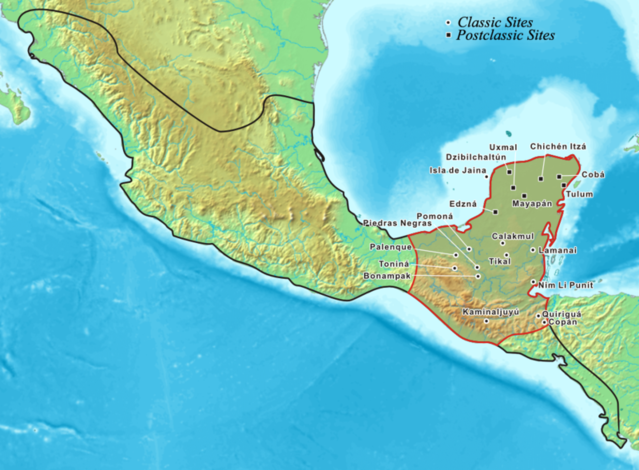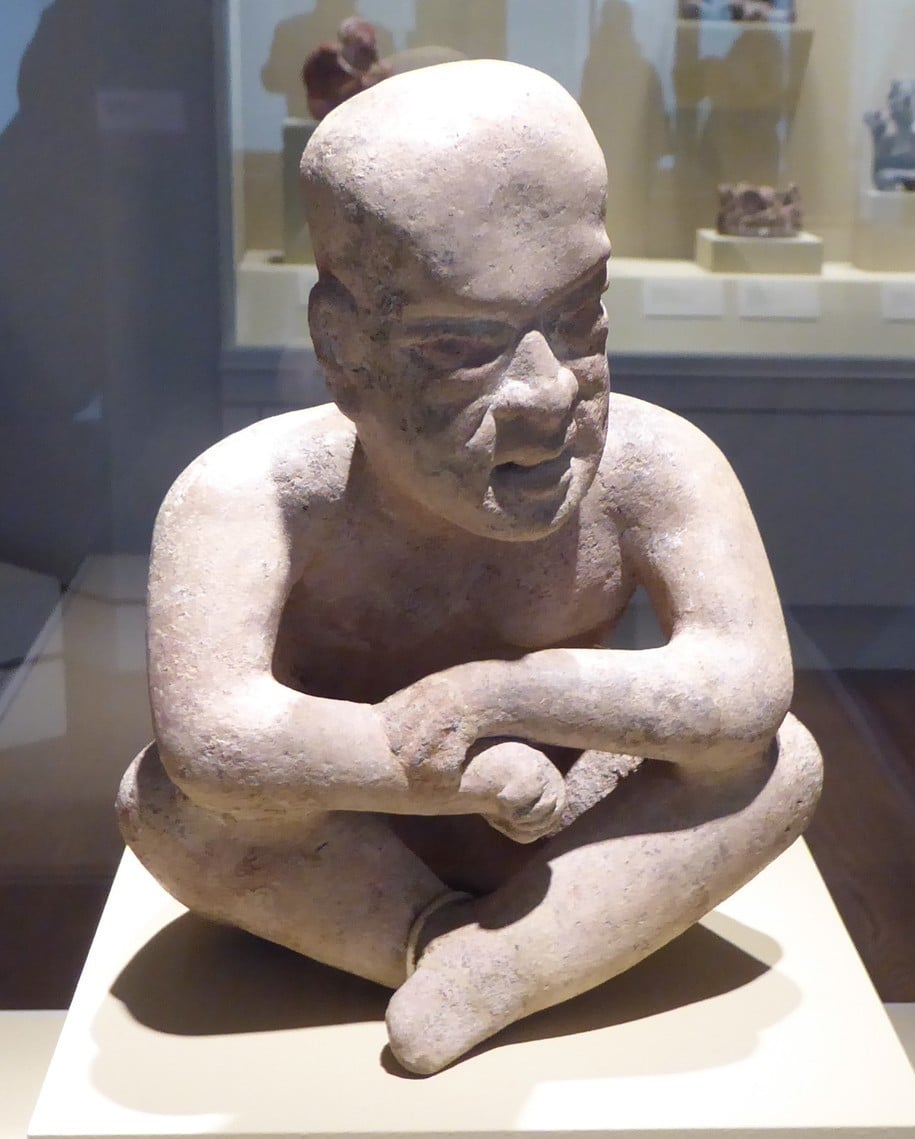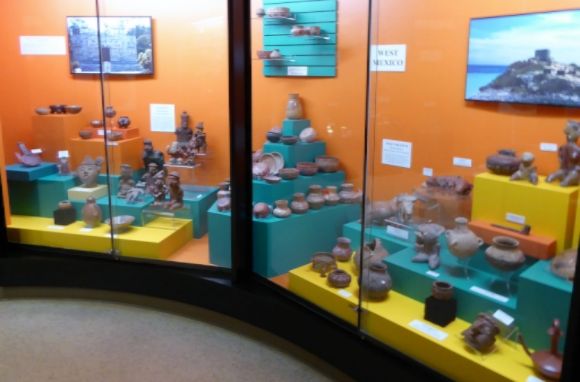Ancient America: Book Burning
Writing first appeared in the Maya area about 400 BCE. The Maya developed their writing systems more elaborately than any other group in the Americas. They used writing to establish the sequence of rituals and to glorify the rulers. Writing was used by the elite to order their world.



As in other parts of the world, the Maya wrote on stone monuments as a way of recording and glorifying their achievements and their kings. They also created books: the Maya would write on bark paper coated with plaster.

Shown above is the Dresden Codex.
Diego de Landa was a Spanish Franciscan monk who was one of the first of his order sent to the Yucatán in Mexico. He arrived in Mexico in 1549 to bring the Catholic faith to the Maya peoples after the Spanish conquest. He became bishop in 1573.
In 1562 he ordered an inquisition after hearing that some Roman Catholic Maya were continuing to worship pagan idols. Several thousand Indians were tortured to obtain “confessions,” and about 200 were killed during the process. As a result, at least 40 Maya codices (books written in Mayan) and 20,000 Maya religious images were burned. De Landa would later defend his actions by claiming that the displaced pagan priests were working to bring the people back to their heathen roots. He claimed that the people were not only worshipping idols, but were also engaging in human sacrifice. With regard to the burning of the Maya codices, the Franciscans felt that the very existence of these books was evidence of satanic practices. De Landa would write:
“We found a large number of books in these characters and, as they contained nothing in which were not to be seen as superstition and lies of the devil, we burned them all, which they (the Maya) regretted to an amazing degree, and which caused them much affliction.”
Diego de Landa catalogued the Maya religion, the Maya language, and the Maya writing system in his book Relación de las cosas de Yucatán. The work was written about 1566. The original copies of his manuscript have been lost and the only versions available today are an abridgement which has undergone several changes by various copyists. The copy which is available today was published about 1660, then re-discovered and published in France in 1862.
While de Landa actively sought to suppress and destroy the aboriginal Maya religion, his Relación de las cosas de Yucatán is considered one of the most complete treatments of Maya religions that has ever been done.
Relación de las cosas de Yucatán has provided a valuable record of the Mayan writing system. In spite of some inaccuracies, it has proved instrumental in the twentieth century decipherment of the Mayan writing system.
The four Maya codices which are known to have escaped de Landa’s destruction are all treatises on astronomy and the calendar. The writing carved into the stone monuments tells about the lives of the rulers, battles, alliances, and the deaths of rulers. While the Maya writing gives us some insights into these ancient civilizations, the writing doesn’t mention anything about commoners, about the lives of the people. While the Maya may have written about commoners in their books, and they may have written poetry and novels, de Landa’s book burning has taken this knowledge from us.



